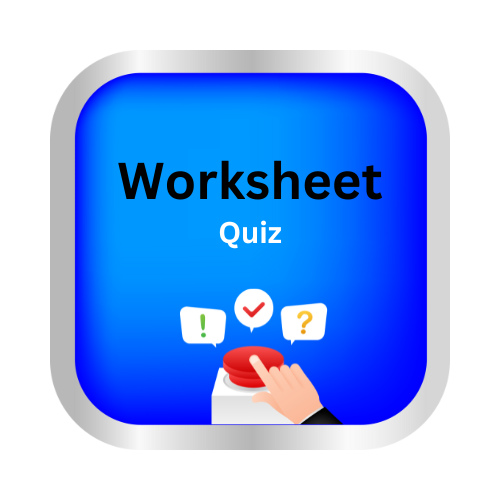Sort sensory details
key notes :
When you write, you can use sensory details to make stories and scenes easier for the reader to imagine. A sensory detail makes the reader imagine a particular sight, sound, smell, taste or touch.
| Sight: | John’s face was lit by glowing firelight. |
|---|
| Sound: | In the morning, Samantha awoke to chirping birds outside her window. |
|---|
| Smell: | I caught a whiff of freshly baked bread as I passed by the bakery. |
|---|
| Taste: | The sharply sour apple made Mary’s mouth pucker. |
|---|
| Touch: | Ted was uncomfortable in his scratchy wool sweater. |
|---|
🔥Sort the sensory details.
| sweet apple pie | salty crackers | tangy yoghurt. | rainbow-striped trousers. |
| taste | sight |
Taste sensory details are things that a reader can imagine tasting, such as sweet apple pie, salty crackers and tangy yoghurt.
Sight sensory details are things that a reader can imagine seeing, such as rainbow-striped trousers.
🔥Sort the sensory details.
| buttery pasta | pin prick. | chocolatey sauce | cheesy pizza |
| taste | touch |
Taste sensory details are things that a reader can imagine tasting, such as buttery pasta, chocolatey sauce and cheesy pizza.
Touch sensory details are things that a reader can imagine feeling, such as a pin prick.
🔥Sort the sensory details.
| jazzy tune | rosy red cheeks | glistening snow | double rainbow |
| sound | sight |
Sound sensory details are things that a reader can imagine hearing, such as a jazzy tune.
Sight sensory details are things that a reader can imagine seeing, such as rosy red cheeks, glistening snow and a double rainbow.
let’s practice!

